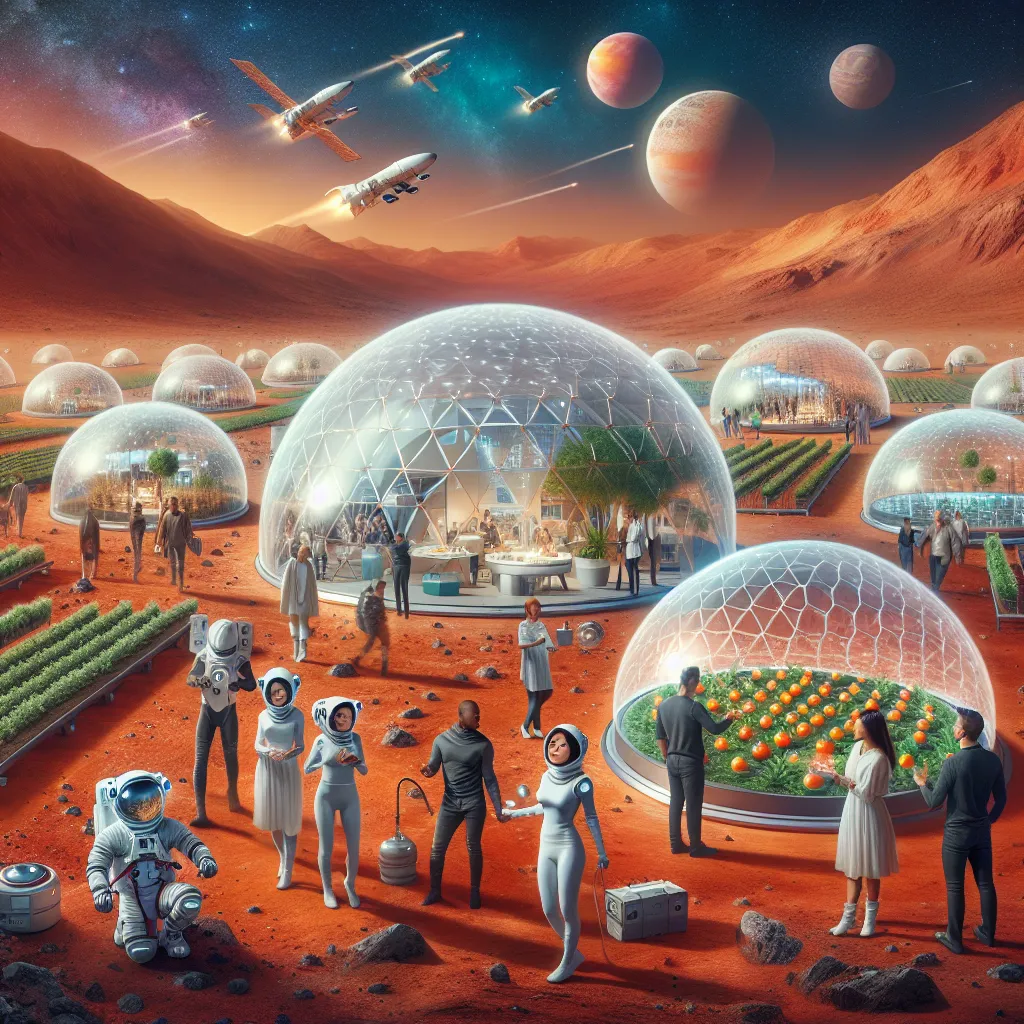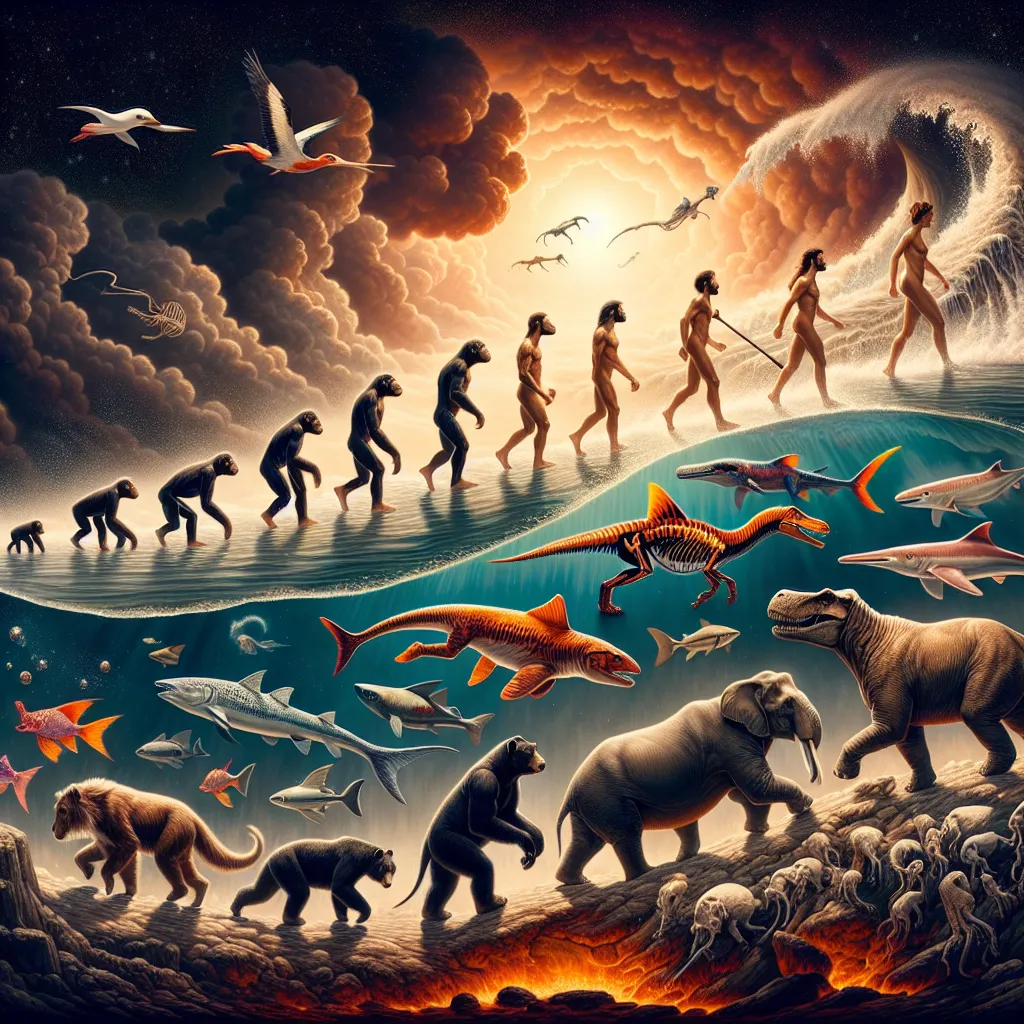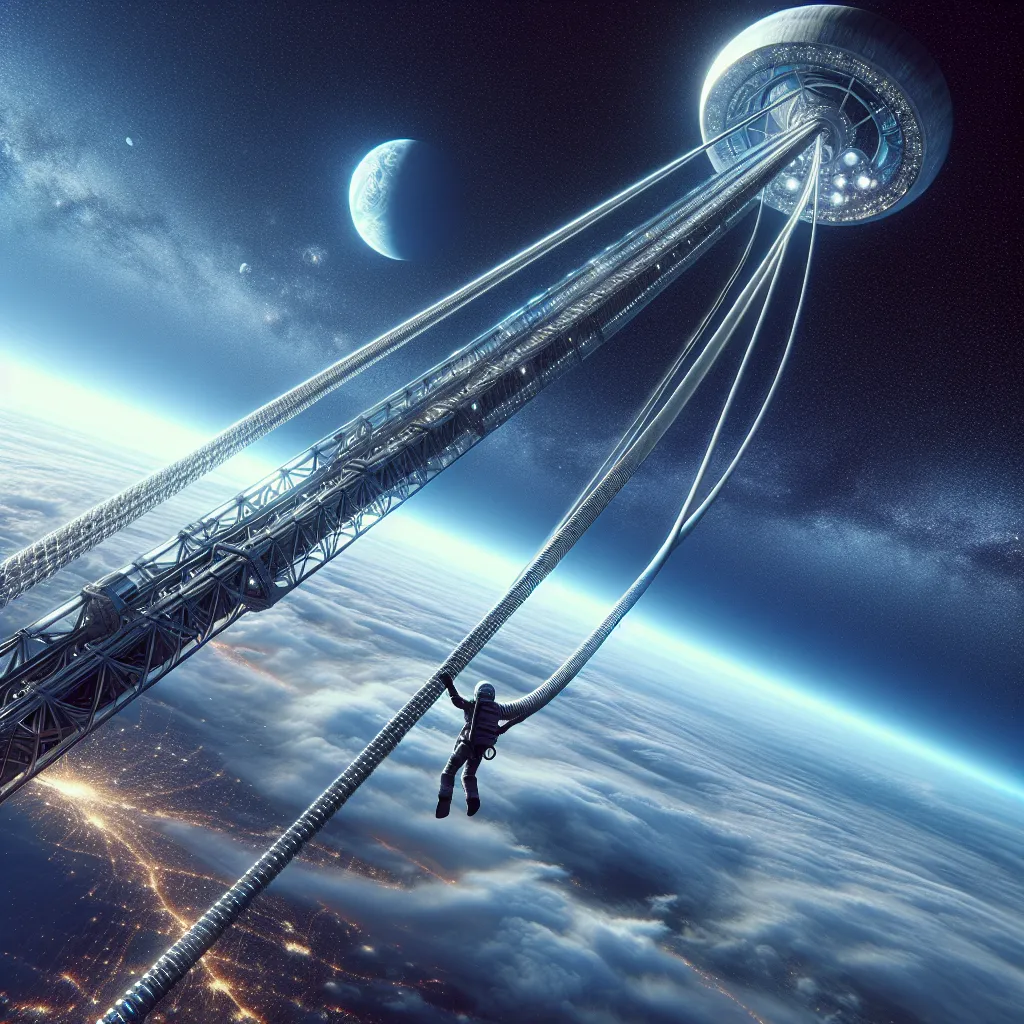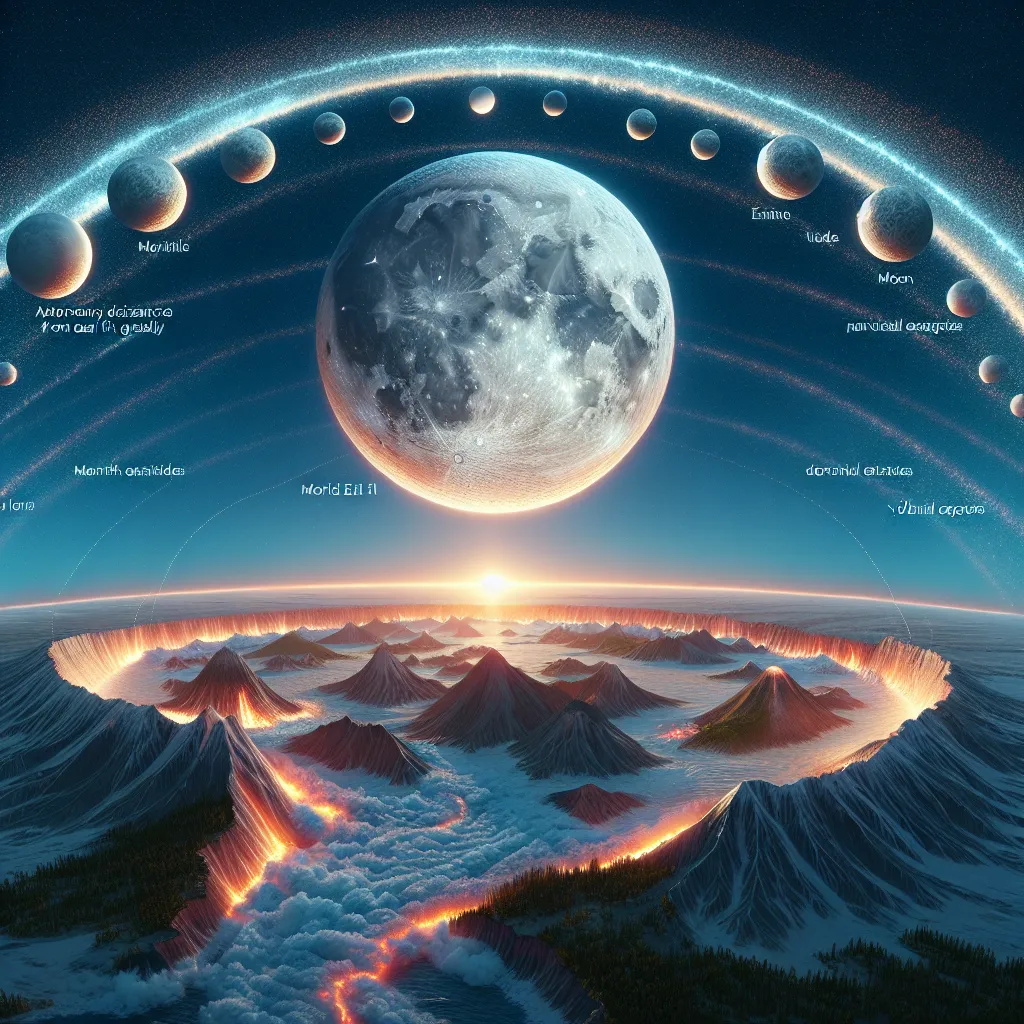Humans have a knack for pushing boundaries, venturing into the harshest deserts, isolated islands, and towering mountains. So, it’s no shock that we’re preparing for one of our biggest adventures yet—Mars. We dream of building a permanent colony outside Earth, maybe even turning the Red Planet into a blue home one day. But first things first, we have to set up semi-permanent outposts to pave the way for a larger human presence.
Landing on Mars is a daunting task, even for us thrill-seekers. Mars looks enticing with its polar ice caps, vast valleys, and liquid water underground. However, it’s actually a cold, radioactive, poisonous desert where you can’t breathe. Life for pioneers will be intensely stressful, involving challenges we’ve never faced before. Yet, plenty of eager souls and the right technology make this mission possible.
Mars is energy-poor. Solar power is only 40% as effective as on Earth, and massive dust storms can block sunlight for days. Wind and geothermal energy are also unfeasible due to the thin atmosphere and cold interior. Initially, nuclear technology hauled from Earth might be our best bet to power an outpost.
Breathing is another tough nut to crack. Mars’ atmosphere is mostly CO2 and only 1% as dense as Earth’s. We’ll need to make habitats airtight, pressurized, and filled with nitrogen and oxygen. This leads to round, smooth structures to manage pressure differences. Airlocks must be flawless.
Radiation is a big concern. Mars lacks Earth’s protective magnetosphere, exposing the surface to significant radiation. Shielding habitats with thick layers of frozen CO2 and covering them with dirt might reduce exposure enough to make long stays survivable. This means living in windowless tunnels.
Stepping outside won’t be any easier because of Mars’ ultra-fine, electrostatically charged, and toxic dust. It sticks to everything, including spacesuits, posing a health risk. We can design spacesuits that stay attached outside the habitats to minimize contamination.
Next up is food and water. Water can be sourced from ice near the Martian poles. Growing food is trickier; Mars’ soil lacks vital nutrients and is contaminated. We’ll need to detoxify the soil and use recycled waste as fertilizer. An energy-efficient solution could be aquaponics, growing plants and fish together, boosting our crew’s diet and morale.
Low gravity on Mars, about 38% of Earth’s, could lead to muscle loss, bone degeneration, and other health issues. Until we figure out rotating living spaces to simulate gravity, astronauts will need rigorous exercise. Crews will rotate every few years, living in tight, windowless spaces with the same people and routines. Psychological resilience will be crucial.
Establishing a Mars base will be a Herculean task requiring a steady supply of resources, parts, and nuclear fuel from Earth. Given the narrow travel windows and vast distance, help from Earth in an emergency could be delayed for years, arriving only to find the colony in dire straits.
Settling Mars is the ultimate challenge. If we push through Phase Two, anything is possible. We could light up Martian nights with bustling cities, create a hub for space travel, and kickstart industries in orbit. Going to Mars is tough, but our persistent nature might just see us through. One day, we might witness this marvel and cheer for the brave pioneers making it all happen.






